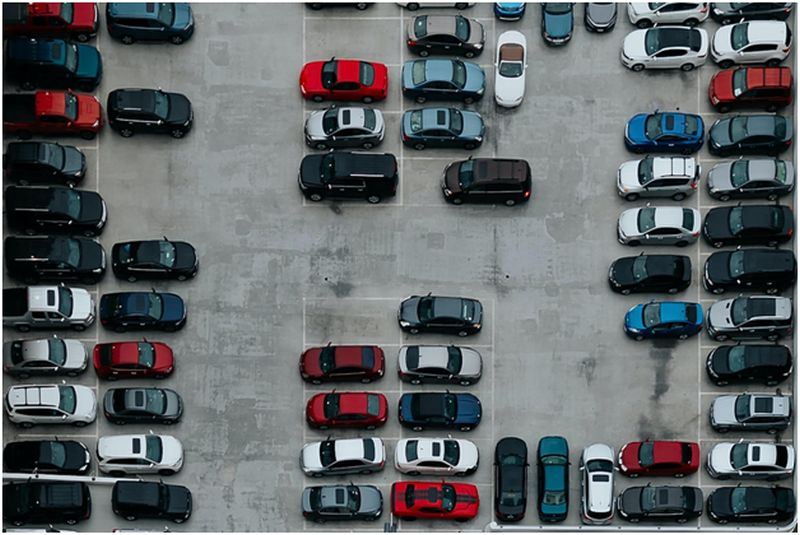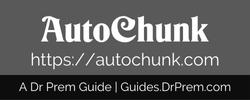Would you rather pay for costly vehicle repairs or have someone pay for you? Better someone pays. A mechanical breakdown is stressful; it will cost you money and time. A severe breakdown can ground you on the road for days if you lack proper vehicle protection.
The cost of repair is prohibitive. A minor repair can cost between $300 and $3,000. If you have an engine problem, you need at least $7,000, even though the average transmission repair cost is around $4,000.
The average out-of-pocket repair cost for a brake line is $189, a window regulator is $343, a control arm is $872, and a timing chain is $1,567. Unfortunately, many Americans are forced to pay for these prohibitive costs in cash.
A repair problem can catch you when you least expect it, when you don’t have money, and your insurance is of little or no help.
Most insurance policies have basic coverage; they cannot cover big repair bills. That is where a vehicle protection plan comes in handy. Many companies offer this product, including Red Shield Administration.
A vehicle protection plan fills the gaps that are not covered by insurance. With it, you will not be surprised by a hefty repair bill because your provider will handle it. Instead of paying a lot for car repairs monthly, you will pay little out of pocket.
A vehicle protection plan protects drivers from issues that might pop up without notice. It covers minor and major repairs, scheduled checkups, and regular maintenance.
Is a Vehicle Protection Plan Worth It?
The main question you have to ask is if the plan’s cost is worth it to you. Some car brands are reliable, while others are not.
There is a chance you will not use the plan to its total value. However, there is also the possibility that the plan will pay for itself many times over.
You cannot put a dollar value on the peace of mind that a car protection plan will provide. Knowing that particular systems in your vehicle are covered for a specific time feels reassuring. You will not worry about these systems failing and paying for their repairs.
With a protection plan, you pay for two main things: future repairs on your vehicle and the security and peace of mind that particular repairs are covered.
Having a vehicle protection plan doesn’t mean you don’t have to pay for any car repairs. No plan offers 100% coverage, but a good plan will ease sudden repairs and financial stress.
Some factors are worth considering when deciding on whether to purchase a car protection plan:
- How long do you plan to own your car?
- How long does your manufacturer’s warranty last?
- How do you drive, and what is your budget?
- What services and parts does your manufacturer’s warranty cover?
When You Don’t Need a Vehicle Protection Plan
The primary manufacturer’s warranty might be all you need if you sell your car in a few years. If you make infrequent trips and don’t put your vehicle under a lot of pressure, you will not have frequent vehicle repairs that justify the cost of a protection plan.
If you foresee costly repairs in the future, ensure you have a car protection plan. This will be a safety net if something goes wrong.
Red Shield Administration: Plans Offered

[Alt Text: A picture of a parking lot of cars, most protected with a vehicle protection plan like one from Red Shield Administration.
Red Shield Administration is one of the best vehicle protection plan companies. They have an A+ rating with the Better Business Bureau. Red Shield Administration has the best claims and customer service in the industry; they offer the following plans.
- Premier Plus: This is the best coverage from Red Shield Administration. It covers virtually every electrical and mechanical component on the vehicle but has a list of exclusions: wear and tear items.
- WRAP: This expands the manufacturer’s powertrain coverage to include virtually all car parts. If it doesn’t involve wear and tear, it is covered.
- Premium: This premium plan offers a component level of coverage. It offers coverage for electricals, powertrain, fuel delivery, cooling, air conditioning, and front & rear suspension, among other components.
- Powertrain: This covers the most expensive parts of your car, including the powertrain for the engine, transmission, drive axles, transfer unit, and turbo/supercharger.
- Preferred: This includes coverage offered by Red Shield Administration Powertrain and additional coverage for frequently failed components such as basic electronics, air conditioning, brakes, front suspension, and electricals.
Benefits of Red Shield Administration’s Vehicle Protection Plan
With a Red Shield Administration car protection plan, you are assured that someone will call you when you are stuck on the side of the road. You will be provided with a rental car, and most importantly, all covered repairs will be paid for.
One covered repair can pay for the cost of one of Red Shield’s protection plans. You will have peace of mind knowing that you are covered by one of the industry’s most trusted and reputable companies. Benefits to expect include:
1. Nationwide Protection
All the plans are accepted nationwide. If you travel and experience a breakdown, you can be assured that your plan will be accepted.
2. Rental Car Coverage
Red Shield will pay for the expense of hiring a rental car as your car is being repaired. This will help you save money.
3. Transferable Coverage
If you sell your vehicle, you can transfer the Red Shield Administration coverage to the new owner. This will increase the resale value of your car.
4. Trip Interruption Benefits
If you experience a breakdown one hundred miles away from your home, Red Shield Administration will pay for a portion of your lodging and meals as your vehicle is repaired.
The Bottom-Line
Having a vehicle protection plan is not an excuse for letting your car deteriorate. You should follow your vehicle’s recommended maintenance schedule.
Your car protection plan requires you to do that. Things can quickly go wrong if you don’t take good care of your vehicle.
If your provider finds that you are ignoring standard maintenance procedures, they can deny a repair claim. Regular maintenance measures include fluid checks, tire rotations, and oil changes. Most car protection plans will not cover wear items like hoses and filters.
Article Submitted By Community Writer




